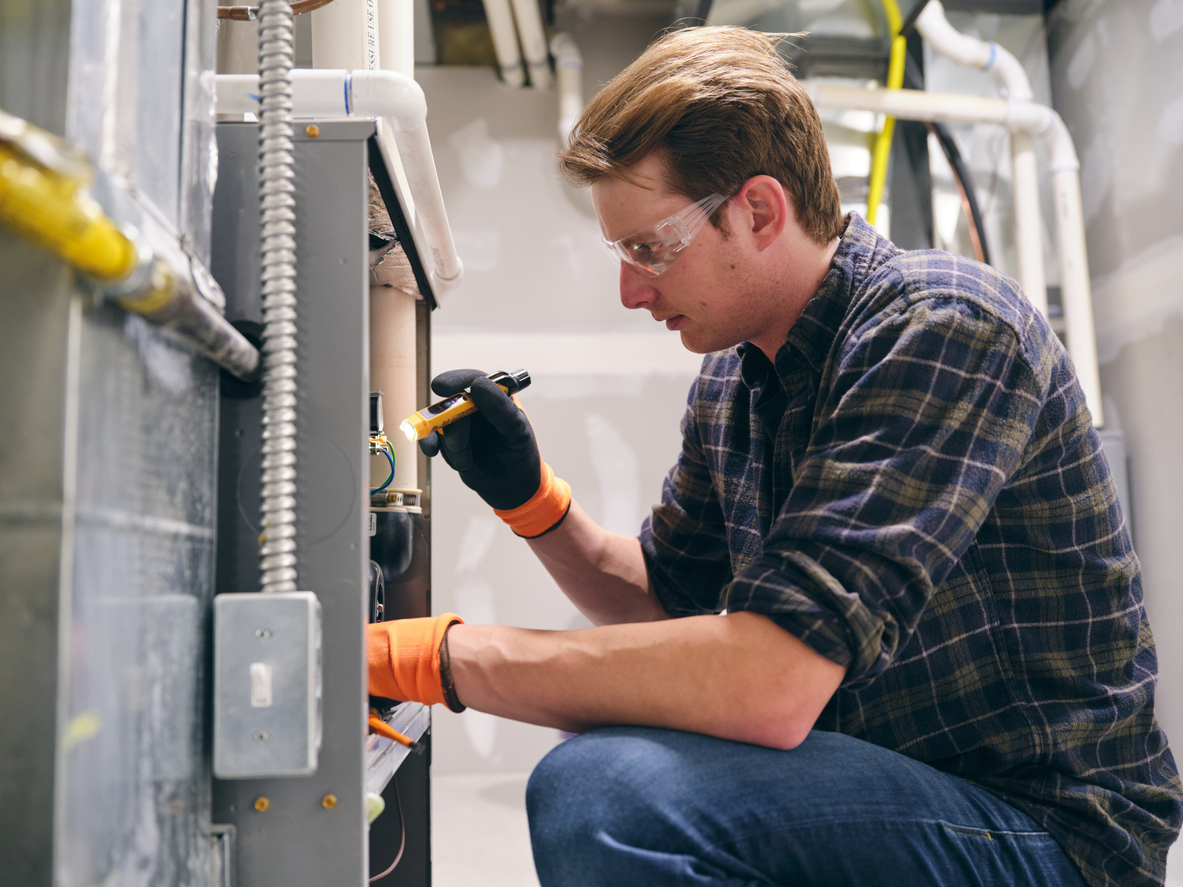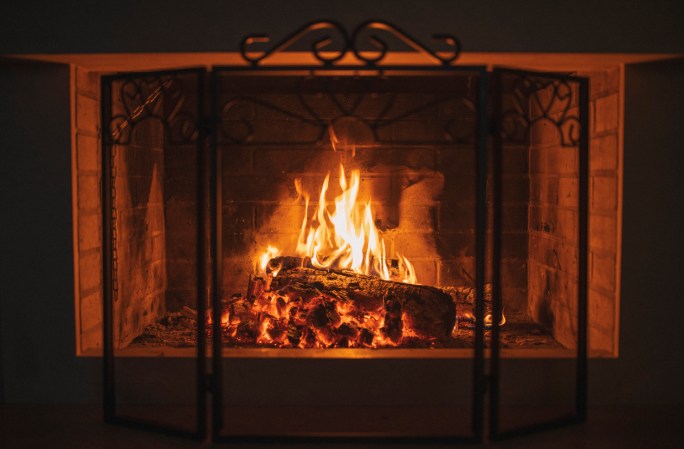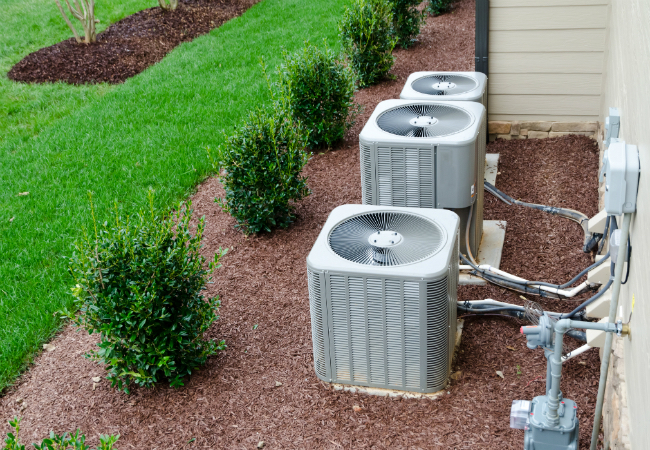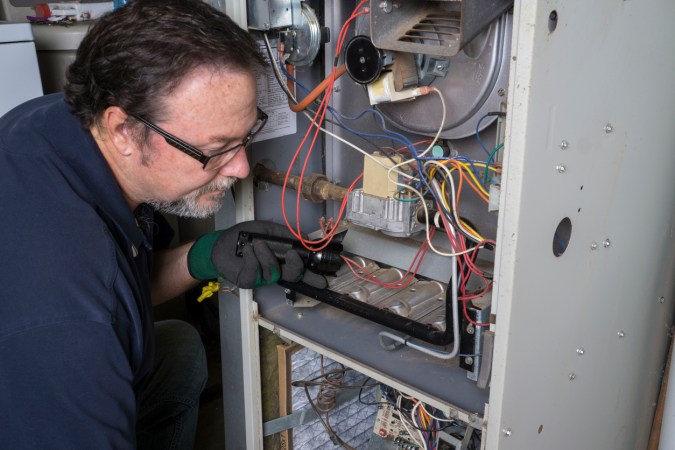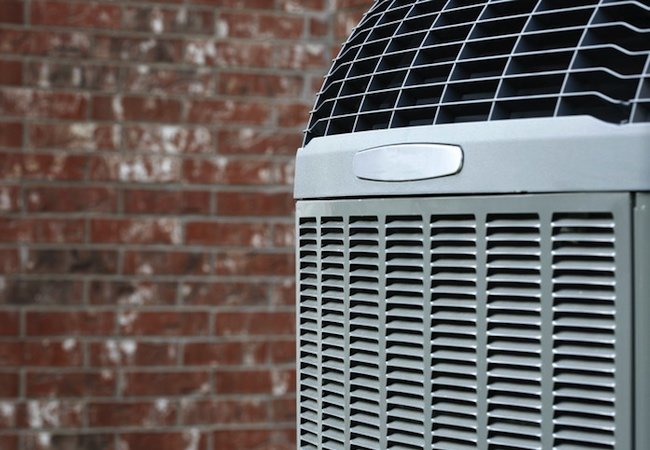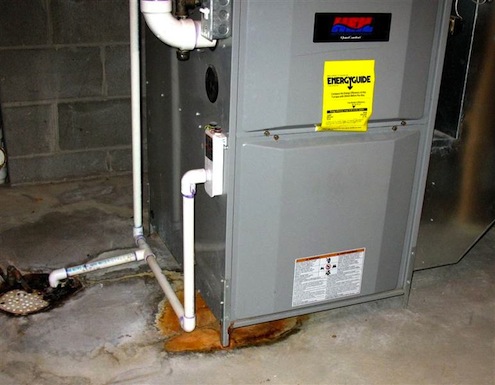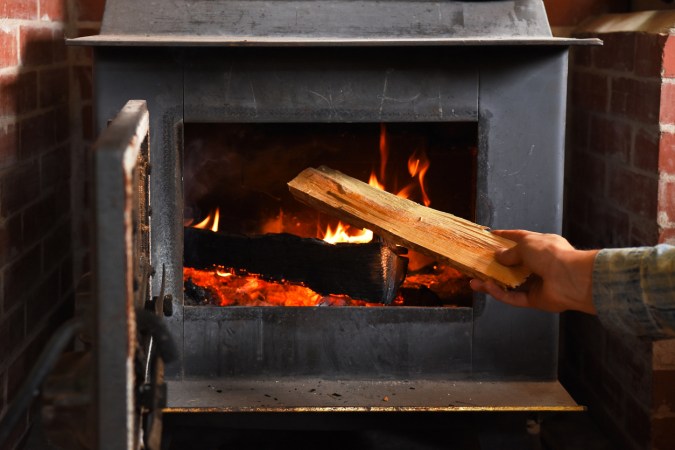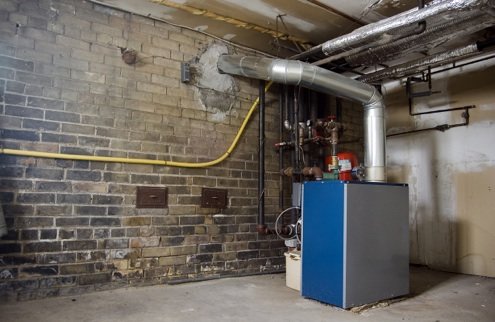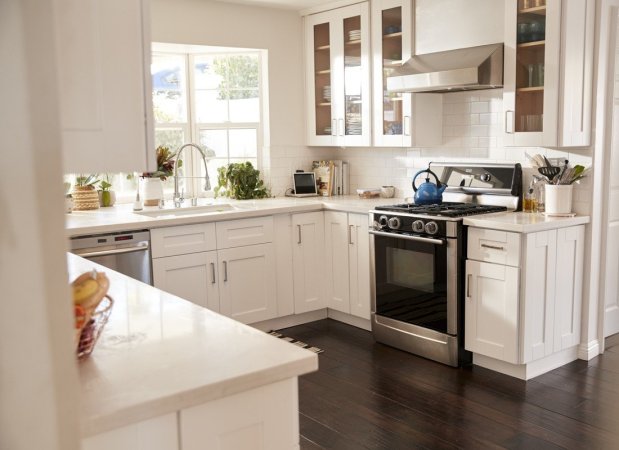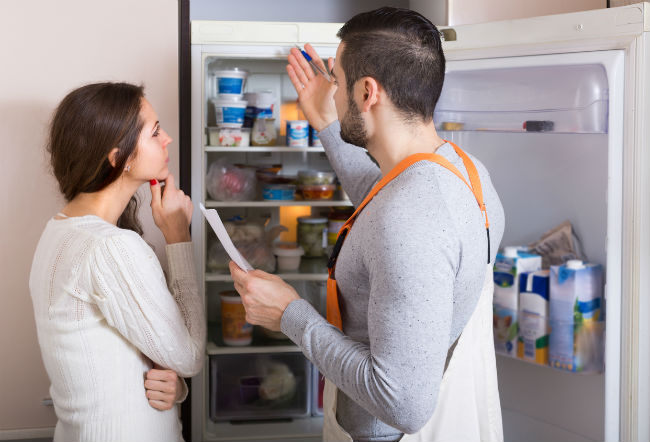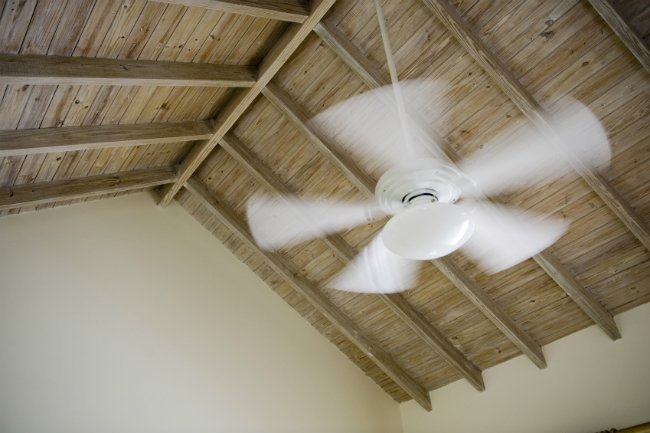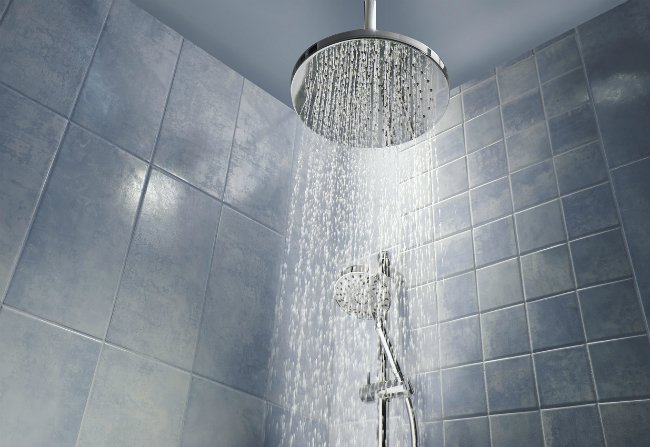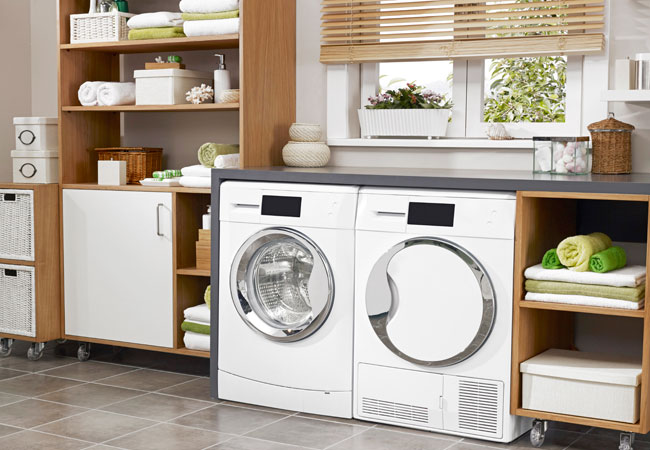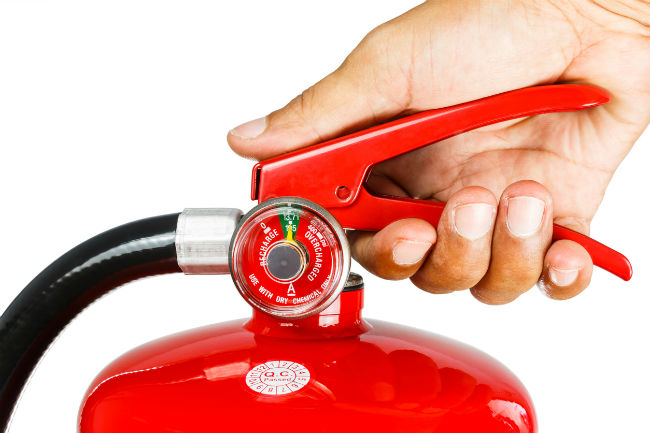We may earn revenue from the products available on this page and participate in affiliate programs. Learn More ›
Q: We recently moved into our home and now that it’s getting cold, we’ve noticed that the furnace isn’t turning on. We know we need to get it working before the pipes freeze but have no idea what the problem is. Can we troubleshoot the issue of a furnace not turning on rather than calling a technician?
A: Cold house aside and chattering teeth aside, a malfunctioning home furnace could lead to costly damage—including, as you mention, pipes freezing. Frigid temperatures or the resulting condensation can potentially damage windows, and it’s possible for a house that’s unheated through the freezing winter months to even succumb to structural damage.
Getting your furnace going during cold weather is a high priority and should be dealt with immediately, but it doesn’t necessarily mean that you’ll have to call a maintenance specialist. If your furnace quits working there are a number of solutions to furnace problems that you can undertake, including setting the thermostat and, if you have a gas model, reigniting the furnace’s pilot light. Read on for some furnace troubleshooting tactics to try before calling a service technician.
Make sure the thermostat is on.
The most obvious solution for a furnace not turning on is frequently overlooked when troubleshooting heating systems: Many folks neglect to check the thermostat, the part of your heating system that assesses the room’s temperature and allows you to set and adjust the desired temperature. A thermostat is typically installed on one of the main walls in your home, a little higher than a light switch.
If your thermostat won’t turn on, the device can’t tell the furnace when to turn on. So, if you have a programmable thermostat, check to ensure the display is active, the furnace is on, and the unit is set to heat. If you have a manual thermostat, note that during dusting or other household cleaning chores, the switch can accidentally get knocked into an “off” position. Once you’ve determined that the thermostat is on, turn the heat up to a temperature that typically causes the furnace to switch on; this temperature can vary from thermostat to thermostat. If the heat doesn’t kick on after a minute or so, increase the temperature setting significantly as you continue troubleshooting.
RELATED: The Best Programmable Thermostats for the Home
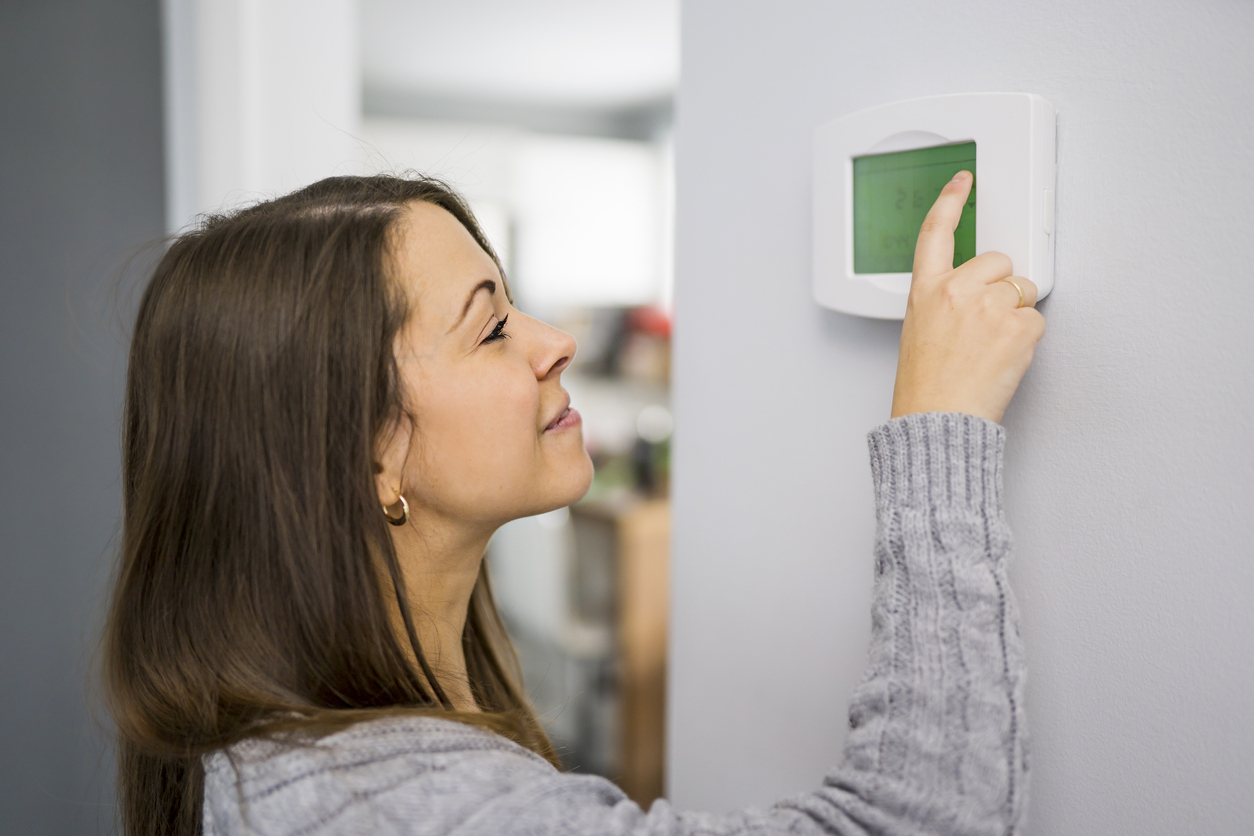
Ensure the gas is turned on.
Any gas furnace will have a valve or gas cock located within 6 feet of the unit. Furnace valve designs vary, but they often include a little disk with a small handle or lever on it. Some gas valves can look like little boxes, while still others can resemble a lever about the size of your index finger (often brightly colored).
The valve may have been closed by accident or by someone working on the furnace who forgot to turn it back on. While valves can vary depending on make or manufacturer, a gas valve will typically be in the open position—which means there is gas flowing through the pipe—if the handle on the valve is parallel with the pipe. If the handle is perpendicular to the pipe, the valve is probably closed. To open it, turn the little handle so that it’s parallel to the pipe.
If the furnace still doesn’t kick on once the valve is open, check another gas appliance in the house, such as a stove or fireplace, to see if it’s still working. If the other gas appliances don’t turn on, you may not have gas coming into your house. This can be the result of crews working somewhere on the gas line, or there might be a gas leak, a break, or even a blockage in the line. A gas leak can be a dangerous situation, so if you suspect this to be the case, call 911 immediately and follow their instructions.
To assess the situation, go outside and check the street-side valve and then the internal house-side valve to see if they are on. If they are not on, turning the valve to the open or “on” position (as described above) should get gas flowing into your home once again. If your furnace and other gas appliances still won’t turn on, contact your utility company to find out if they’re working in your area or if there have been any service interruptions. If that’s not the case, check the status of your account. Whether due to a technical glitch or human oversight, a missed or incomplete utility payment can result in a service interruption.
RELATED: How to Locate Your Home’s Gas Shut-Off Valve
Check the furnace’s power switch position.
Sometimes the reason for a furnace not turning on is because it’s simply turned off. Locate the power switch on the furnace itself, which is likely on a nearby wall, or even on a ceiling or floor joist near the unit. It will often look like a regular light switch, and it might or might not be labeled. Typically, but not always, the “on” position is up, although this will depend on the installation. It’s easy for someone unfamiliar with the house to accidentally turn the furnace off, mistaking it for a light switch. Flip this switch back to the “on” position and wait for the unit to start up. Some furnaces can take several minutes before they resume functioning.
Replace an air filter.
A clogged air filter will stop a furnace from heating properly. Over time, an air filter can become clogged with dust, hair, or other household debris, making your furnace less efficient. As well, restricted airflow can cause the heat in the heat exchanger to continually increase. Every furnace has limit switches that activate when temperatures exceed a designated point, shutting down the furnace. To keep the unit functioning effectively, furnace air filters should be replaced every 1 to 3 months, regardless of any heating or airflow issues.
To find the filter, locate the spot where air flows into the furnace when it is working. Slide the old filter out and examine the side for a model number and size so you know which replacement filter to buy. When replacing the filter, check the frame for an arrow mark, which indicates the direction the air is flowing. As you slide the new furnace filter into place, be sure to position the arrow so that it faces the furnace.
RELATED: Change Filters Frequently to Optimize Furnace Efficiency
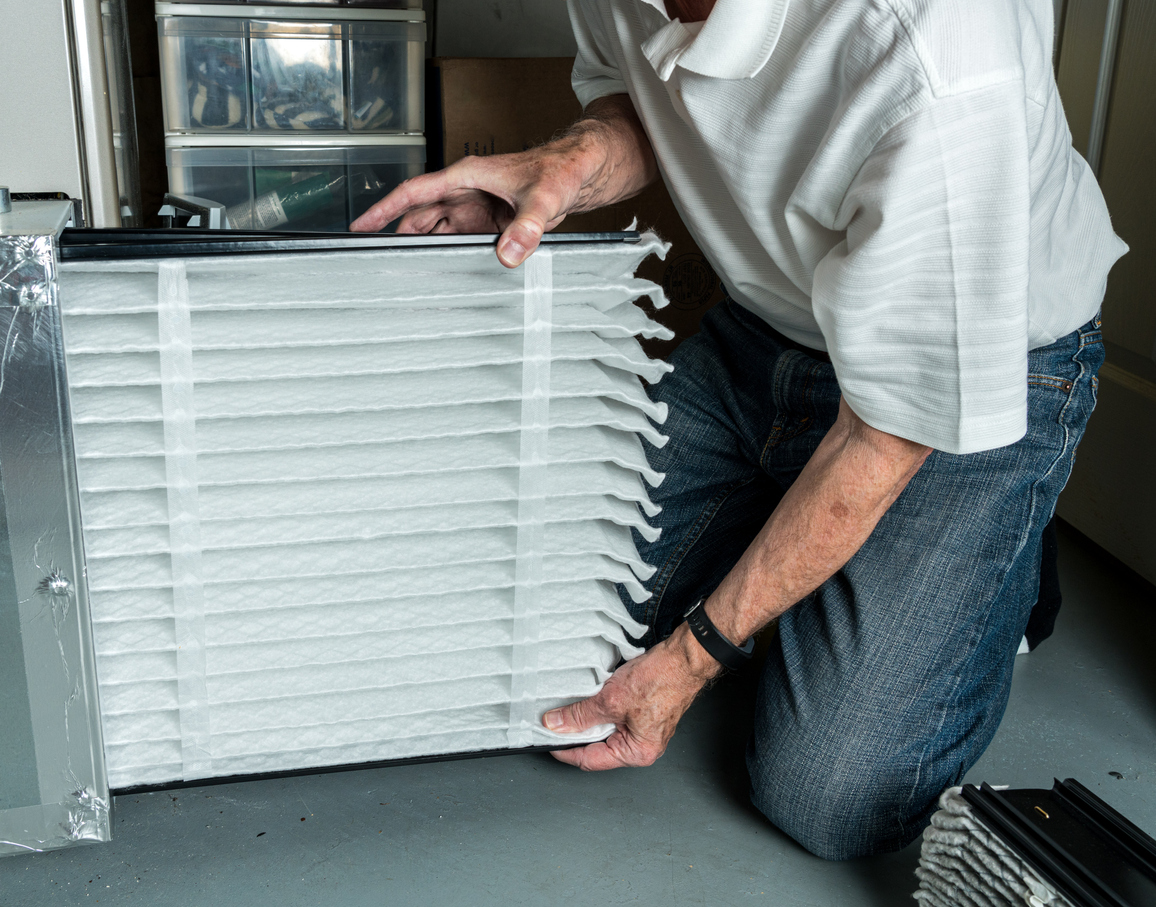
Check the ignition sensor.
If you’re confident in your DIY skills, you may wish to clean the ignition sensor (aka flame sensor) on your furnace. The ignition sensor is a safety device that detects whether the furnace is burning gas. The sensor uses the increasing temperature in the furnace to identify flames. If the sensor cannot detect a flame, it will shut down the furnace to prevent unburned gas from escaping. Residue buildup can stop the flame sensor from operating correctly. Cleaning it can allow the furnace to turn on and function properly. If this troubleshooting tactic feels beyond the scope of your DIY skills, it may be time to call a pro. To get an idea of what’s involved, consider these basic instructions for cleaning the ignition sensor:
- Before attempting to clean the sensor, shut off the furnace. A furnace doesn’t have an on-off switch, so to turn it off, find the gas valve that controls the gas going into your furnace, and turn the little handle on the valve to the closed or “off” position (perpendicular to the pipe).
- Then, look for a porcelain base with a small metal rod in front of the pilot light inside the furnace. Use a screwdriver with the appropriate head to loosen and remove the screw beside the sensor and then slide the dirty sensor out from its current position.
- Gently clean the metal rod with a wad of steel wool or a clean, straight-edged knife to remove any buildup. Rub very carefully and patiently; you don’t want to detach the rod from the base.
- Once clean, slide the sensor back into position, replace the screw that holds the sensor, and turn the gas back on.
If after trying these solutions your furnace still doesn’t turn on, it may be time to consider calling in a furnace repair professional. Check online directories to find repair technicians in your neighborhood. Your local home renovation shop can also be a great resource for finding furnace repair technicians.
RELATED: Is It Time to Replace Your Furnace?
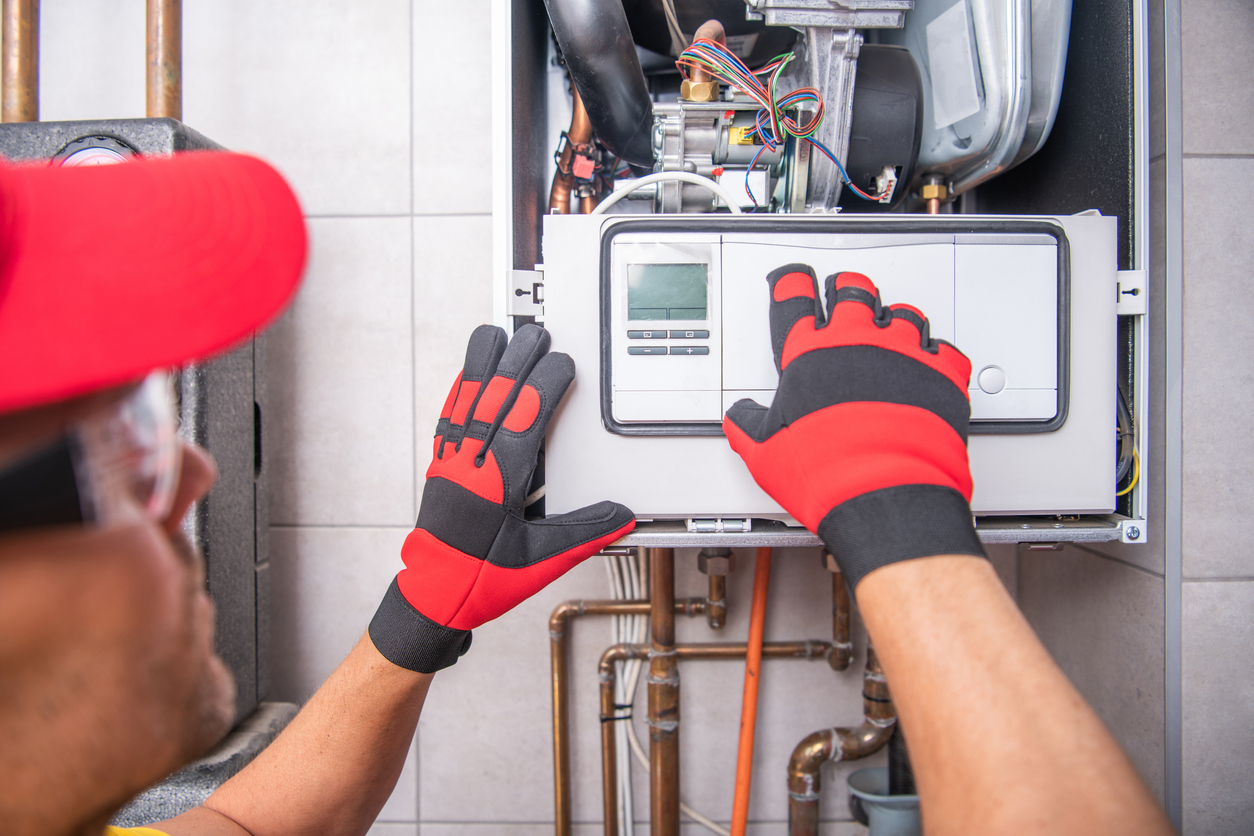
Final Thoughts
When your furnace doesn’t turn on, it might be tempting to throw your hands in the air and reach for the phone to call in the big guns. However, before you turn to a pro, take a deep breath, straighten your shoulders, and try out some DIY strategies of your own. The problem could be as simple as a dirty filter or a flipped switch, or maybe—oops—the dog ate the gas bill.
Run through our list of fixes, and if the furnace still isn’t turning on, then you can call in the experts.
FAQs
In a gas furnace, small flames are created by the burning of natural gas or liquid propane gas in devices called burners. Fans blow the heat emitted by these flames into a duct system that distributes heat throughout the home.
Your furnace unit might have a reset button attached to it. Locate this button and press and hold for several seconds, then release. Alternatively, there might be a switch located on the wall near your furnace. If this doesn’t work, you may have to reset the circuit breaker associated with the furnace.
Furnace designs vary by manufacturer, so your best bet is to consult the user’s manual to locate the furnace reset button for your particular unit. It is often attached to the side of the blower motor, which is inside the blower compartment. (If you don’t have the manual handy, find the model number on the furnace and search online.)
The first step is to check the display on your thermostat. If it is blank or doesn’t respond when you attempt to make adjustments, it’s likely the thermostat that’s broken. If the display responds, but the furnace does not, troubleshoot the furnace as outlined above.
If air is coming out of the vents, but the air is not hot, the pilot light could be out. In your furnace unit, find the panel that hides the pilot light and open it. If you don’t see a little blue flame, the pilot light is out.

